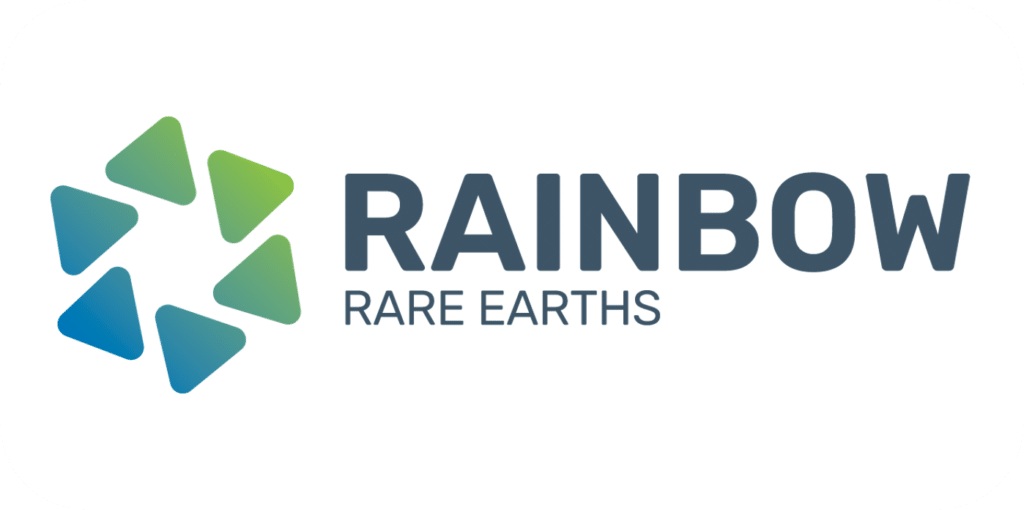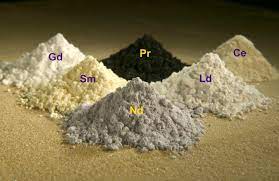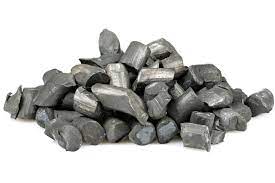Rainbow Rare Earths (LON: RBW) is a small cap (£50 million) London listed rare earths adventure. It looks like it’s actually going to work too, which is nice. But it’s also an excellent example of why we’re simply not going to run out of any particular metal or mineral that we’re interested in. We can say much the same of Zinnwald Lithium (LON: ZNWD) and European Metals (LON: EMH) if we like. For the purposes of the background argument here they are doing the same thing.

Rainbow Rare Earths is looking for, obviously enough, rare earths. But what makes it different is where it is looking. Rather than trying to mine material that contains them, what if there is waste material from other mining that contains them? This wouldn’t be a surprise with rare earths, we know we can gain access to them from the wastes of mineral sands (ie, titanium and zircon mining) operations as one example. OK, but what about phosphogypsum? This is what is left over after making phosphate fertiliser. The material is nice, fine, dust, so easy to process without expensive milling. It contains rare earths in appreciable quantities. But also radioactives – the thorium isn’t really a problem but the breakdown products of that, radium and radon, are. If those weren’t there then it wouldn’t really even be phosphogypsum, it would be gypsum and we’d use it for plasterboard (sheetrock to Americans).

OK, so Rainbow seems to have worked out how to clean the phosphogypsum, in the process extract the rare earths and they can then sell the gypsum. All of which is exciting enough for a smallcap company. Except they’ve worked out how to do this at one small old phosphate factory in South Africa, where they’ve got the rights to do so. This has implications for wider matters. For example, this same phosphogypsum is so common in Florida that they’re actually trying to use it to pave the roads. Yep, anything to get rid of it. So much of it that The Guardian runs articles claiming it will poison everyone. It is not mere coincidence that Rainbow’s partner in this adventure is based in …. Florida. For if Rainbow can make it work in SA then it can be made to work in FL.
It’s what Rainbow tells us about the whole metals market that matters
Now that could be taken as a tip about Rainbow, but it’ll be some years before we find out about that. However, the larger point is important. There are two types of mining adventure. One which looks for new deposits of the same old stuff – the implication of one of those is that we find a new deposit of the same old stuff. Then there’s the idea that we should get our desired metal from a new mineral, a new type of deposit. Once that has proven workable then there’s the whole world all over again to explore for that new type of mineral deposit.
This isn’t limited to weird things like rare earths. Back before the 1980s we only got our copper from sulfides. Then someone worked out how to process copper oxides – one of the reasons we’ve not run out of copper is because we had the whole world to explore again for copper oxides.
Yes, there’s lots of lithium out there too
The same thing is happening with lithium. Sure, the price has soared, we all want lots more of it. We used to get it from brines and spodumene. People are finding lots more of those. But people are also finding other mineral sources. European Metals and Zinnwald Lithium are to extract – well, maybe they will – from the zinnwaldite mica found under the village of Zinnwald/Cinovec. OK. But that same mica is found in all sorts of clay deposits around the world. Including, in fact, from the wastes of China Clay mining in Cornwall. Which is what British Lithium is setting up to do (including taking one of the engineers from Cinovec).

Now, the point of this is not particularly to recommend any of these stocks (for the record, we think Rainbow looks good medium term, really not sure about Zinnwald and European, British Lithium is still private) nor to be against them. It’s to point out that the idea that mining is about finding the new blowout deposit is wrong. It’s really about finding the new method of extracting from an entirely new resource – which then gives the whole world to have a look at again.
Mining stocks are for trading, not investing
Which gives an obvious implication for investment in mining stocks. Any of these explorations or juniors is going to be hugely influenced by what everyone else is doing. They are, therefore, stocks to be trading, not shares to be investing in. Because if someone comes up with a new extraction method elsewhere then the old economics, based on the old scarcity and prices, suddenly don’t look so good, do they?